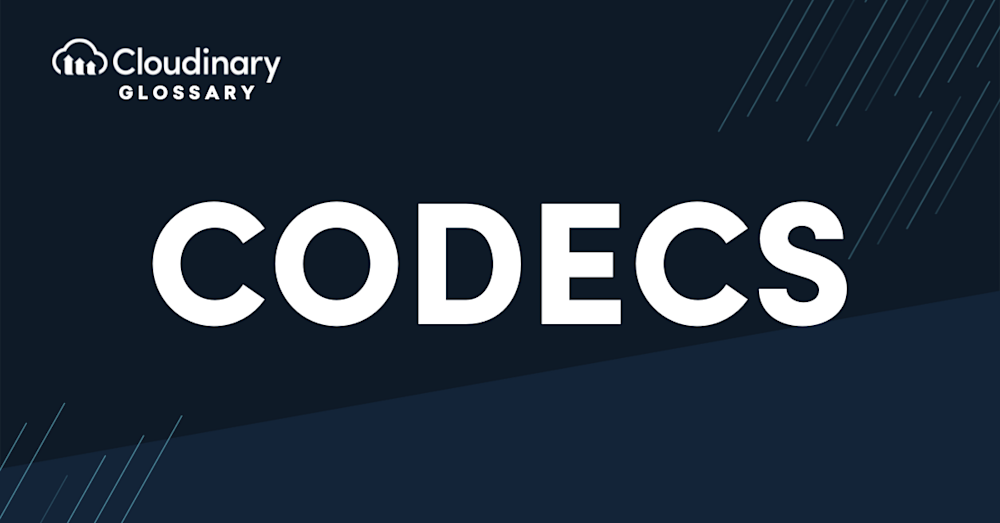Whenever you watch a video, whether it’s through your favorite streaming service, YouTube, or even videos you’ve recorded on your phone, they’re all encoded. Devices use something called codecs to interpret and render these videos into something that you can watch. This glossary will explain what codecs are and why they’re important to modern technology.
What Is a Codec?
A codec is a type of technology used to compress or decompress digital media, including image, video, and audio signals for transmission, storage, or recording. Typically this is implemented as a software solution that can compress (encode) the video and send it to the user to be decompressed (decoded) through software or hardware for viewing. The term ‘codec’ is a combination of the words “coder” and “decoder”, as well as “compression” and “decompression”. In essence, a codec can be a device or a software program that serves both of these functions.
They’re also popular for live streaming services like Twitch, where your chosen codec can dramatically affect video quality.
Codecs are crucial in applications for creating and playing media files, and they play a vital role in sending media files over a network.
Lossy codecs compress by removing information the human eye (or ear) won’t notice, like tiny color variations between pixels. The more you compress something, the smaller its file size becomes–but this can lead to artifacts such as blockiness in images or ‘underwater’ audio when played back on low-quality devices like smartphones. For example, a 4K movie might originally equal five terabytes of data per hour, but a codec can compress it into the gigabyte range, making it manageable for storage and transmission. Using the proper codec with proper compression settings won’t cause problematic artifacts when transmitting data to another source.
Optimizing Your Videos with Cloudinary
Setting up videos on your site or trying to manage your media library can be a hassle. Especially when it comes to trying to figure out the best codecs for your content. Thankfully, Cloudinary is here to help.
With our Media Delivery API, you can take the tedious work of encoding or decoding your videos. Our f_auto API will automatically pick and use the best codecs supported by the end user’s browser to ensure a seamless experience, giving you more time to work on things that matter. And the best part? Cloudinary is entirely free! Get started today by signing up here.


